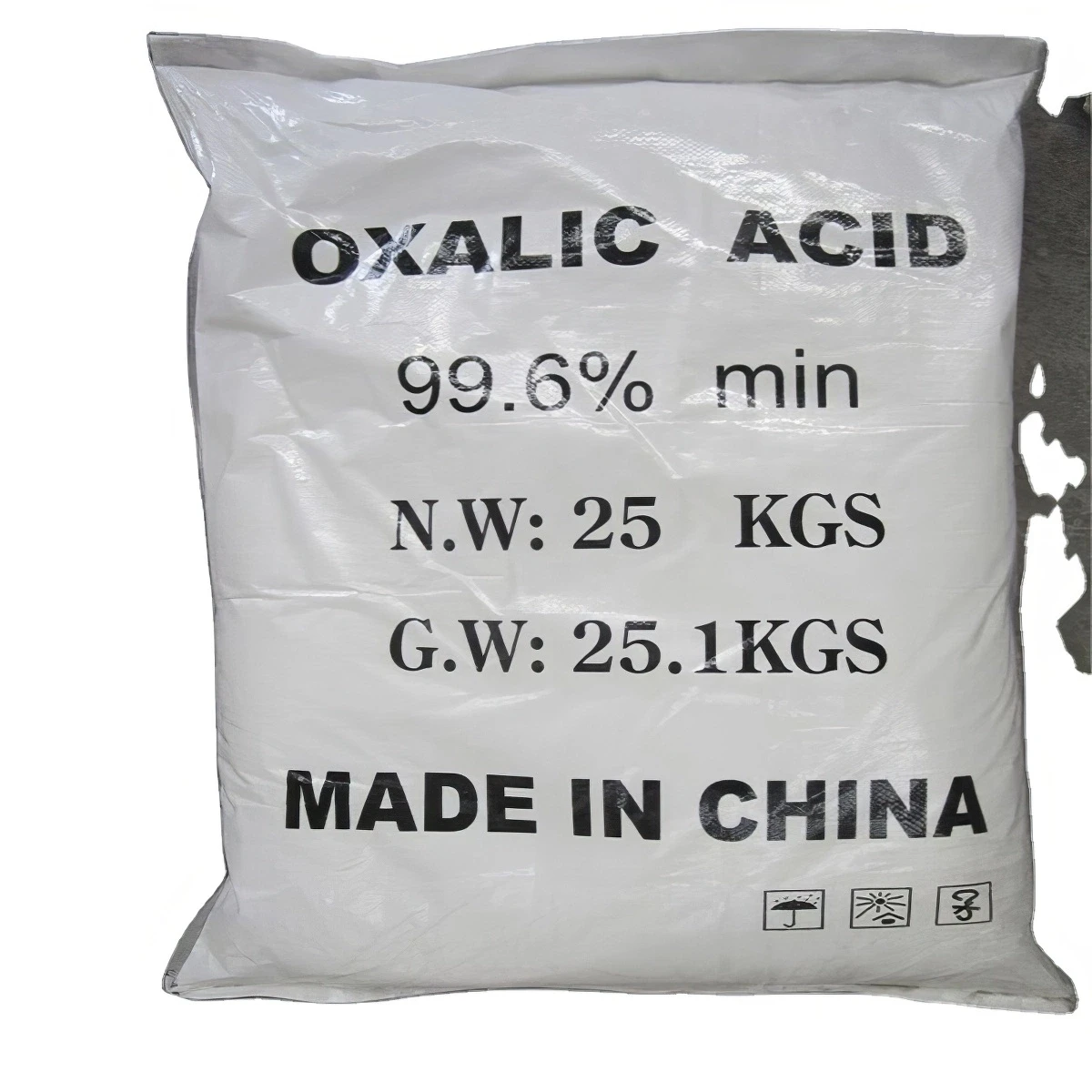



sodium hydroxide used in soap making
The Role of Sodium Hydroxide in Soap Making
Sodium hydroxide, commonly known as lye, is an essential ingredient in the soap-making process. Though often associated with its caustic properties, when used correctly, sodium hydroxide plays a pivotal role in transforming simple oils and fats into soap, a process known as saponification. Understanding its function, safety measures, and methods of use can enrich the experience for those engaged in this ancient craft.
The Saponification Process
At its core, soap is the result of a chemical reaction between an acid and a base. In soap making, oils and fats (which contain triglycerides) react with sodium hydroxide—a strong base—to create soap and glycerin. The chemical reaction can be summarized as follows
1. Reactants Oils and sodium hydroxide. 2. Reaction The triglycerides in the oils react with sodium hydroxide to form fatty acid salts (the soap) and glycerin. 3. Products Soap and glycerin.
Each type of oil will yield different properties in the finished soap, such as hardness, lather, and moisturizing qualities. For instance, olive oil produces a gentle and moisturizing soap, while coconut oil is known for its rich lather. The proportions of sodium hydroxide used must be accurately calculated based on the specific oils chosen, as too much lye can lead to harsh soap, and too little can result in an incomplete saponification process, leaving caustic residues.
Calculating Lye
sodium hydroxide used in soap making

The precise measurement of sodium hydroxide is crucial in soap making. The saponification value of each oil dictates how much lye is needed. Soap makers often use online calculators, which require inputting the types and amounts of oils, to determine the exact quantity of sodium hydroxide needed to achieve a balanced chemical reaction. This ensures that all lye is consumed in the creation of soap, resulting in a safe and effective product.
Safety Precautions
Handling sodium hydroxide requires caution. As a powerful caustic agent, it can cause severe burns upon contact with skin or eyes and can produce harmful vapors when mixed with water. Therefore, it is paramount for soap makers to wear protective gear, such as gloves, goggles, and long sleeves, to prevent injuries. Additionally, lye should always be added to water—not the other way around—since adding water to lye can cause a violent reaction, leading to splashing and potential burns.
It's also essential to work in a well-ventilated area to avoid inhaling any fumes. Proper storage of sodium hydroxide is vital, as it should be kept in a tightly sealed container away from children and pets.
The Final Outcome
Once the saponification reaction is complete, the soap mixture is poured into molds and allowed to cure for several weeks. This curing process allows the soap to harden and the pH levels to decrease, resulting in a milder product suitable for skin use. The final soap can take on various colors and scents depending on any additives such as essential oils, colorants, or exfoliants introduced during the process.
In conclusion, sodium hydroxide is a fundamental component in soap making, transforming oils and fats into a usable product through the saponification process. By understanding how to calculate the appropriate amounts and implement necessary safety precautions, soap makers can create beautiful and functional soaps that delight and cleanse the skin. With its historical significance and contemporary popularity, the art of soap making continues to evolve, largely thanks to the indispensable role of sodium hydroxide.
-
Why Sodium Persulfate Is Everywhere NowNewsJul.07,2025
-
Why Polyacrylamide Is in High DemandNewsJul.07,2025
-
Understanding Paint Chemicals and Their ApplicationsNewsJul.07,2025
-
Smart Use Of Mining ChemicalsNewsJul.07,2025
-
Practical Uses of Potassium MonopersulfateNewsJul.07,2025
-
Agrochemicals In Real FarmingNewsJul.07,2025
-
Sodium Chlorite Hot UsesNewsJul.01,2025










